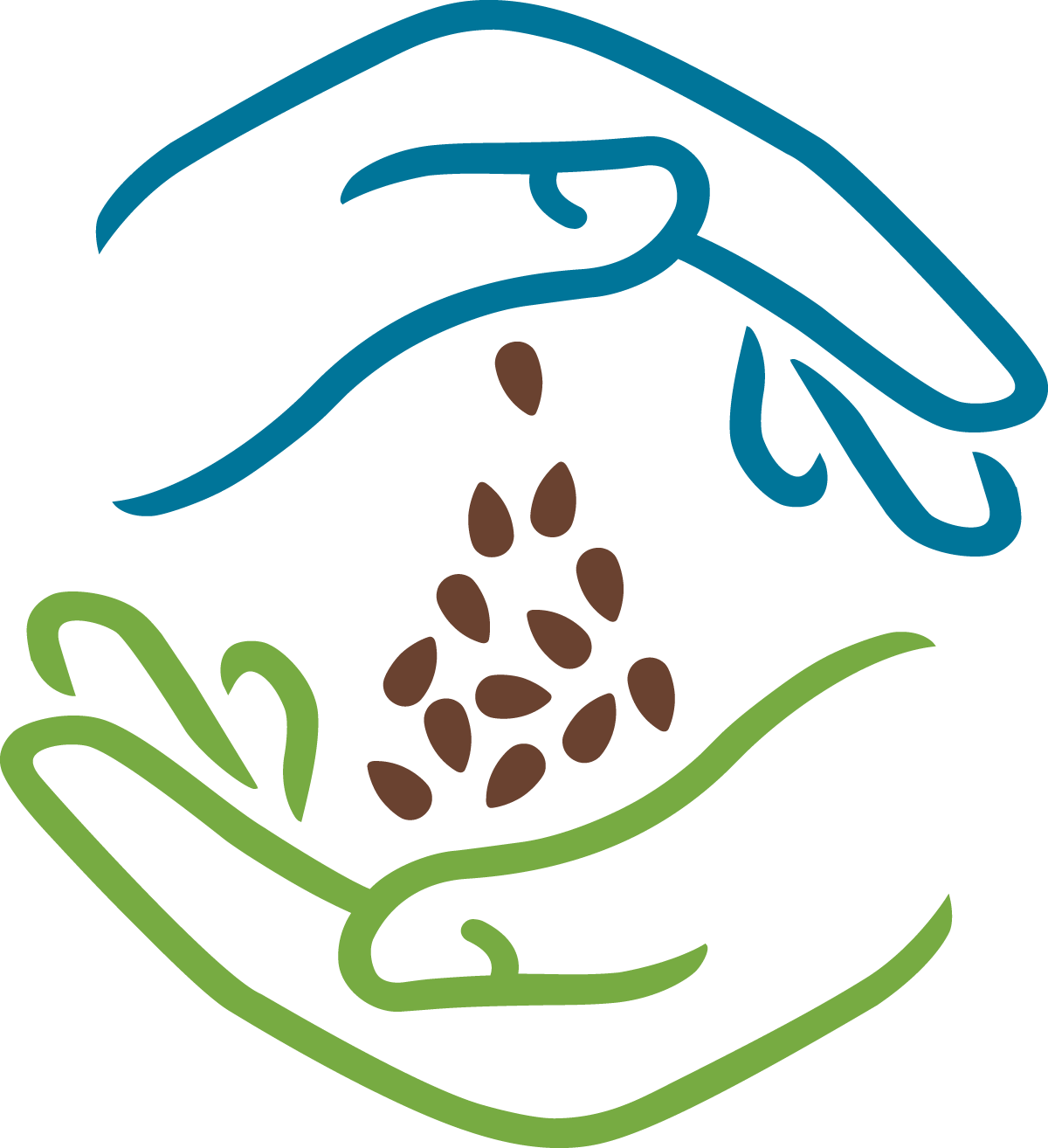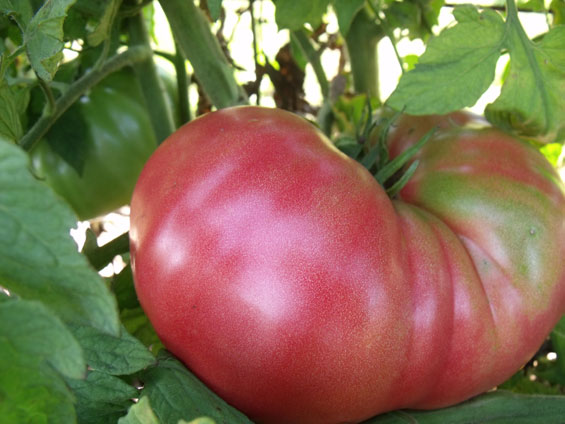 The ‘Dester’ took home the blue ribbon at the 6th Annual Tomato Tasting and Seed Saving Workshop at Heritage Farm last weekend. With over 40 varieties in the lineup, the competition was steep for this year’s unlikely winner.
The ‘Dester’ took home the blue ribbon at the 6th Annual Tomato Tasting and Seed Saving Workshop at Heritage Farm last weekend. With over 40 varieties in the lineup, the competition was steep for this year’s unlikely winner.
The ‘ Dester’ tomato was something of a Cinderella story from the SSE trial gardens. Every year our commercial crew grows out a number of new varieties from the collection or from member-growers to discover new offerings for the SSE catalog. This year a champion was born! The ‘Dester’ is a large, full-flavored, pink beefsteak tomato. It was the first tomato on the sampling line, yet the flavor stuck in visitors’ minds when it came time to cast their vote—more than 40 tomato samples later.

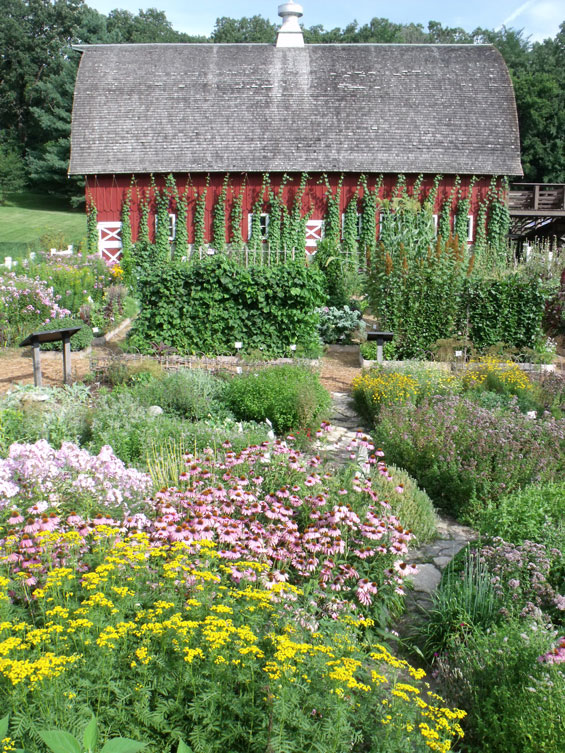 Other top finishers included last year’s favorite, ‘Lemon Drop,’ a small yellow-green cherry tomato with a sweet—almost tart—flavor, and ‘Black Sea Man,’ a Russian heirloom with brownish-pink fruit and full-bodied or “complete” flavor, as one participant put it. The salsa tasting line featured 14 homemade recipes. Ironically, the blue ribbon went to Anne Sheahan’s Mango Salsa, proving the eclectic pallets of this year’s voters. (We’ll try to get the heirloom tomato version of the recipe for next year!)
Other top finishers included last year’s favorite, ‘Lemon Drop,’ a small yellow-green cherry tomato with a sweet—almost tart—flavor, and ‘Black Sea Man,’ a Russian heirloom with brownish-pink fruit and full-bodied or “complete” flavor, as one participant put it. The salsa tasting line featured 14 homemade recipes. Ironically, the blue ribbon went to Anne Sheahan’s Mango Salsa, proving the eclectic pallets of this year’s voters. (We’ll try to get the heirloom tomato version of the recipe for next year!)
Visitors passed through the display gardens snapping pictures of the towering, 10-foot-tall ‘Hot Biscuits’ amaranth, and the barn wall completely covered in ‘Grandpa Ott’s’ morning glory on their way to seed saving workshops.


SSE tomato advisor Craig LeHoullier was back by popular demand to provide a personal and passionate introduction to the cult of the heirloom tomato, including a list of the tomatoes he would choose to be stranded with on a desert island. (In case you’re wondering, or planning for a "three-hour tour," his list included ‘Cherokee Purple,’ ‘Lucky Cross,’ and ‘Cherokee Chocolate’.)
Craig’s talk was followed by a lively question and answer session, which gave him a chance to show off his encyclopedic knowledge of heirloom tomatoes and their histories. He even managed to dispel a few myths before breaking for a trip through the tomato tasting line. (Don’t believe the hype, says LeHoullier there’s no such thing as a low-acid or disease-resistant tomato!)
“The joy of gardening is that there are no absolutes,” said LeHoullier before prompting the crowd for their favorite qualities of heirloom tomatoes.
Meanwhile SSE staff led a hands-on workshop on saving tomato seeds.

“One thing I try to remember when saving seed at home is that I don’t need 100 fruit to get started,” said workshop facilitator and SSE Horticultural Technician Gabi Masek. “Two to five is really all you need!”
The workshop covered everything first-time seed savers would need to know to start saving their own seed, including ideas of what to do with extra seeds, like trying a home germination test.
While the adults took notes at the workshops and tasting tables, the kids displayed the fun factor of heirloom tomatoes with a tomato toss and ketchup-making activity led by SSE Display Gardener Grant Olsen.
“I already have a few ideas of how to make the tomatoes a little sloppier for next year’s toss,” said Olsen with a grin.
Whether you were tasting, tossing, or taking notes, we hope everyone walked away from this year’s Tomato Tasting and Seed Saving Workshop with a little inspiration for their own gardens.
And if you missed the event, here are a few tomato seed saving tips to help you get get started:
In nature, ripe tomatoes fall from the plant and slowly rot exposing the seeds, allowing natural weathering to break down the slimy gelatinous coating on the seed. This is easily replicated through the process of fermentation. To save tomato seed, seed savers must deliberately remove the coating from the tomato seed. Here’s how:
- Take the seeds out of your best looking tomatoes and put them into any container that can hold liquid. Don’t worry if there is pulp in with the seeds. Keep as much juice with the seeds as possible.
- Some seed saving techniques suggest adding water to the mixture. We recommend not adding water unless the mixture evaporates before it starts fermenting. This can be done by adding about ½ cup of non-chlorinated water to 1 cup of tomato seed and pulp.
- Fermentation should happen in 24 hours-4 days. This depends on many variables such as air temperature or how ripe the fruit is. A layer of white mold may grow across the top. Once this mixture has fermented continue to the next steps so seeds do not germinate.
- Think about where to put the tomato seed mixture because inevitably it will smell. You may want to cover your mixture with a mesh screen to keep out fruit flies.
- After fermenting, add water and stir. Mature seeds will sink to the bottom. If the seed is light enough to float, it is probably not fully formed, mature, or viable. Don’t save these seeds.
- Pour off pulpy mixture, but not the viable seeds in the bottom of your container.
- Pour the remaining liquid into a kitchen strainer and wash thoroughly under the faucet until clean.
- Drain, and then spread the seeds out thinly on surface to dry. Any substrate to help them dry as quickly as possible will work: coffee filter, paper plates, paper towel, or wax paper. It is best to dry seeds out of direct sunlight; this could take up to 4 weeks.
- Store the seeds in an envelope or seed packet and place in a dry, cool location. You can assess the quality of your storage conditions by adding the room temperature in Fahrenheit plus relative humidity. Try to keep that number under 100; the lower the number the better the conditions for seed storage.
But don’t forget to follow the most important rule: Put a label on everything, every step of the way. Because in the words of our collection curator, “No one wants to plant something, thinking they have one variety and end up with something else.”
Note from a seed saver: Tomatoes will, most commonly, self-pollinate, so seeds saved will remain ‘true to type’ without worrying about cross-pollination. However, there are always exceptions. Some tomatoes can cross pollinate, this is dependent on many factors such as flower shape, environment, and biodiversity. To ensure seed purity you may want to plant only one variety or spread different varieties throughout your garden.

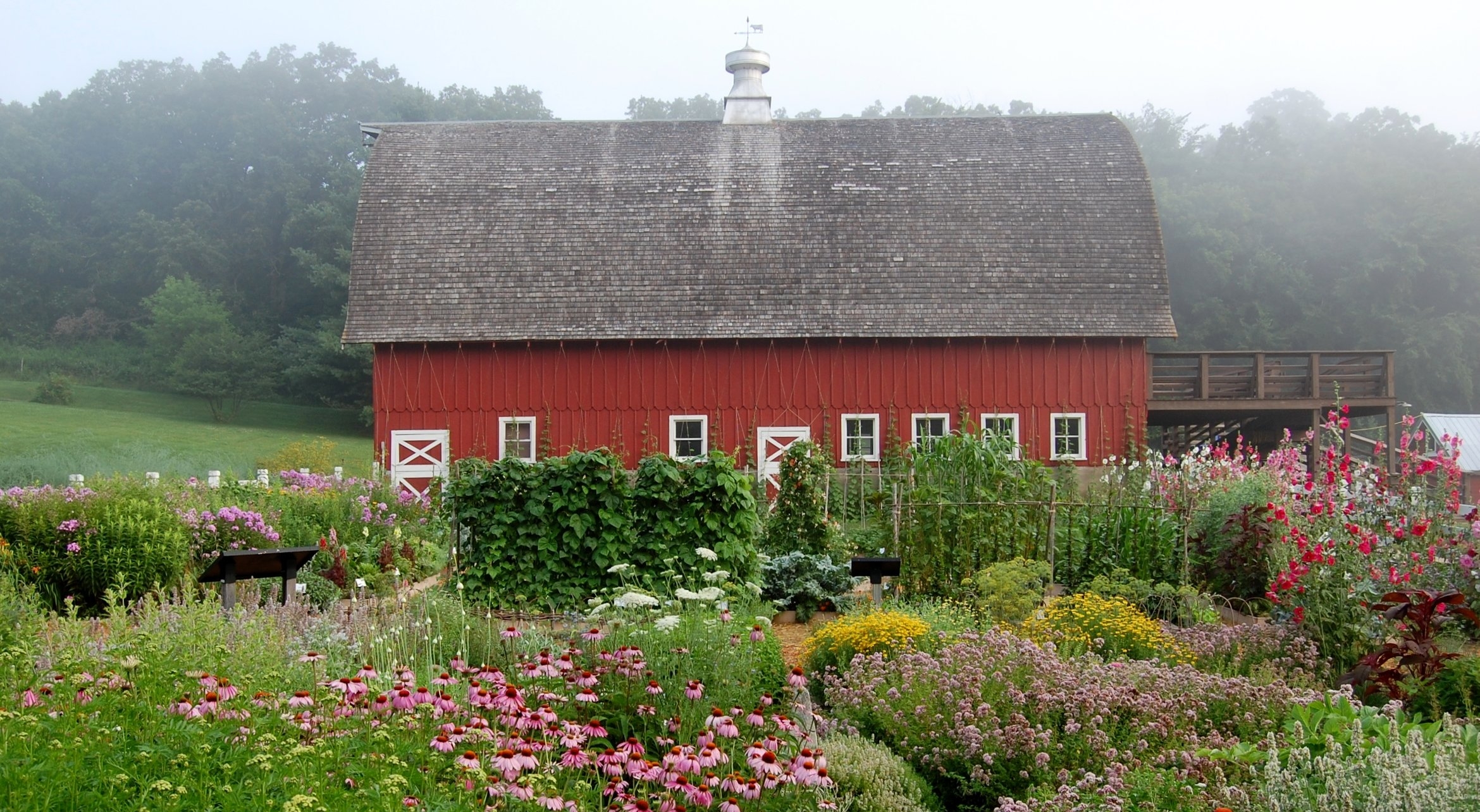


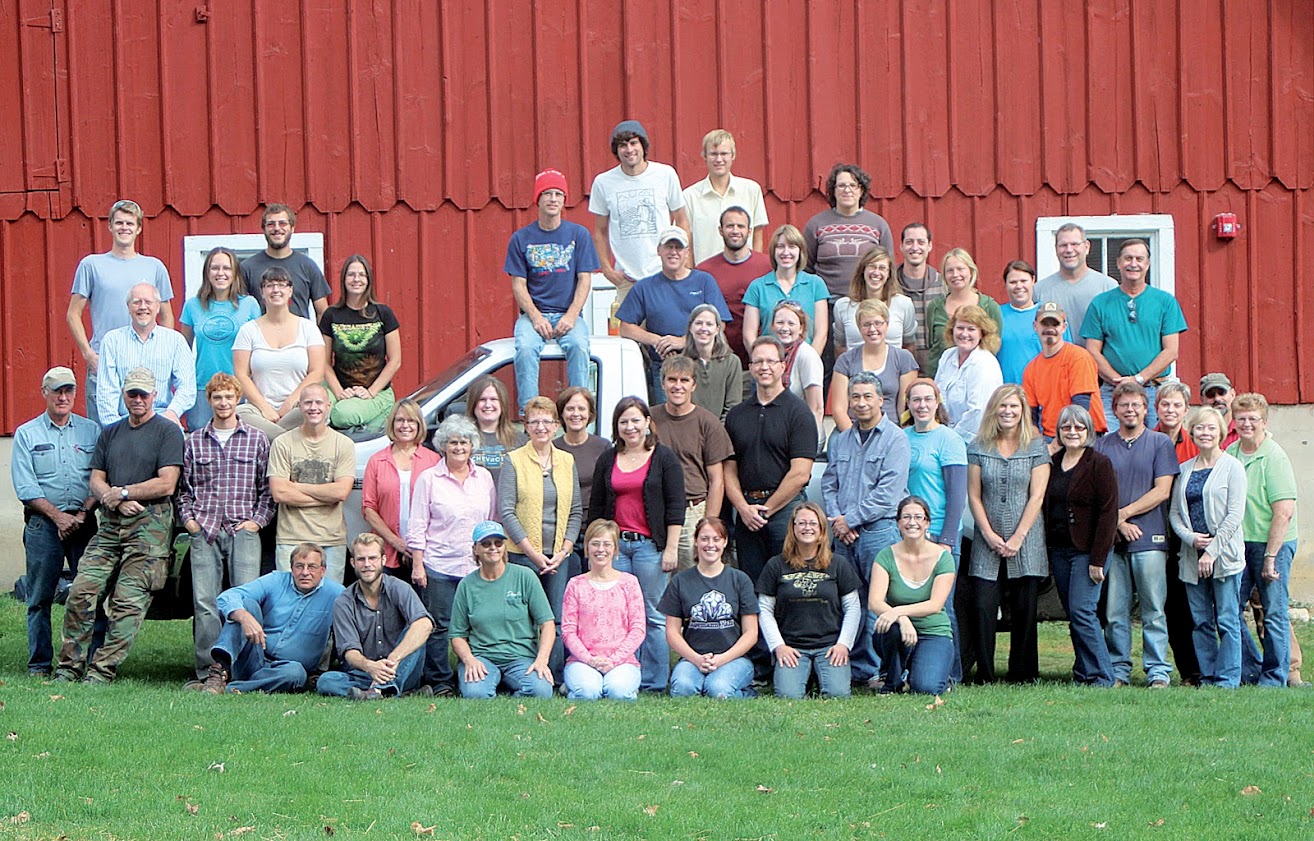
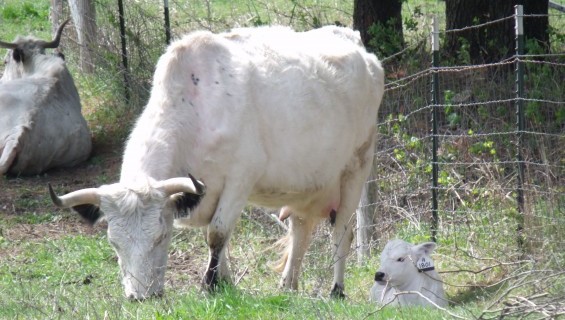




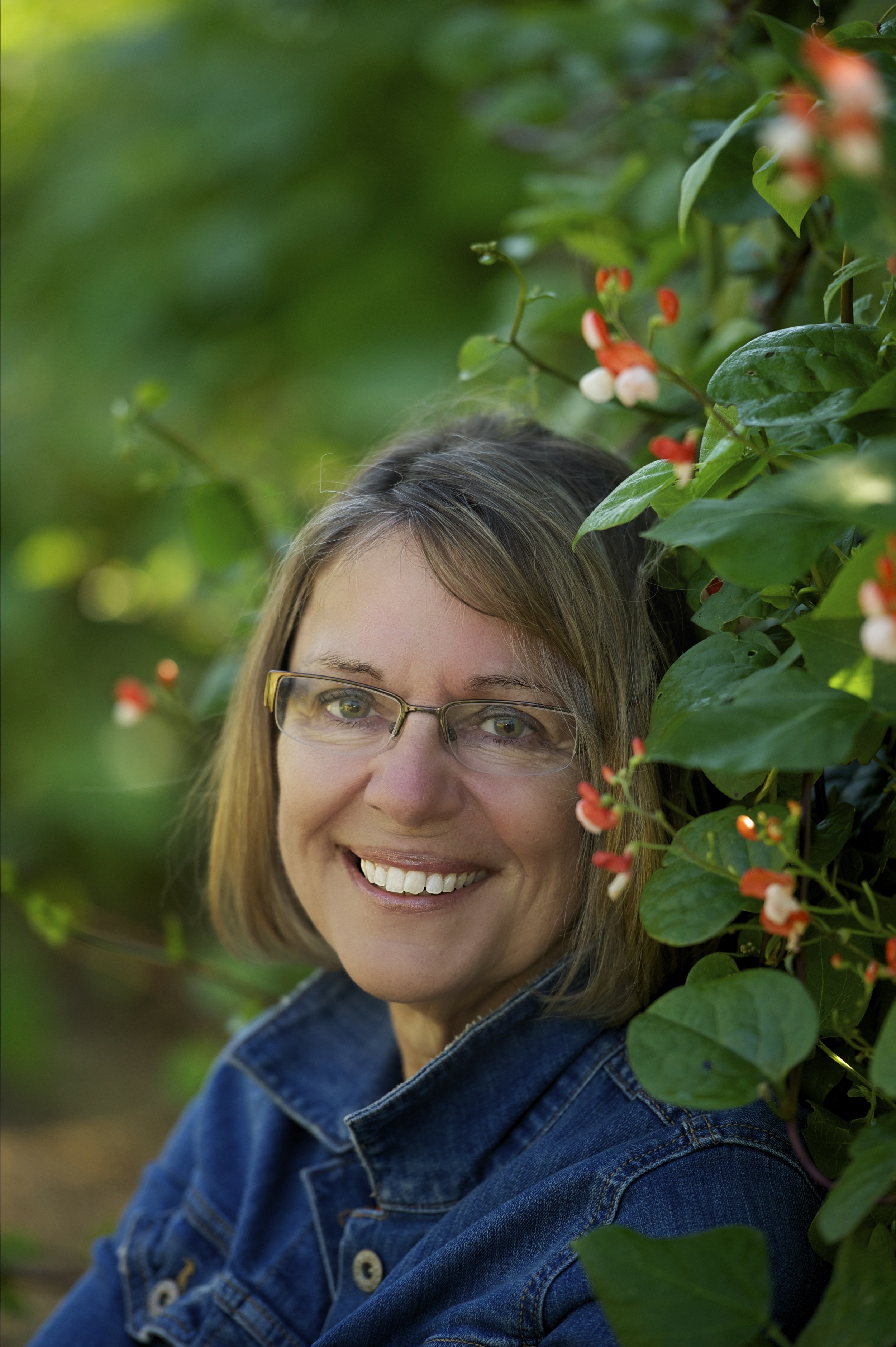
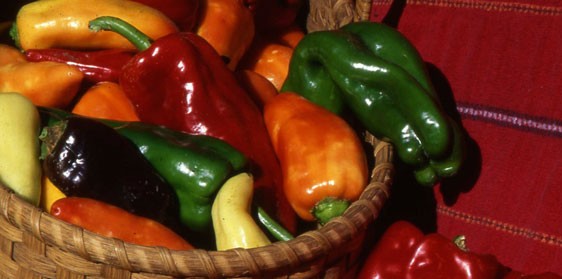
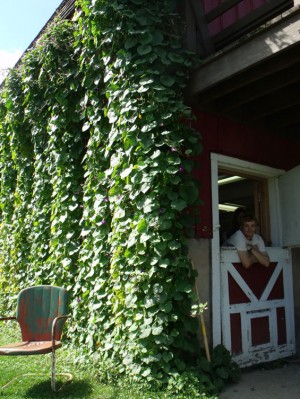
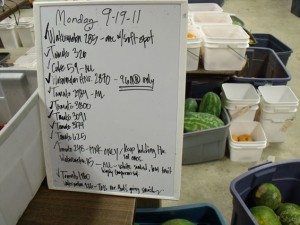
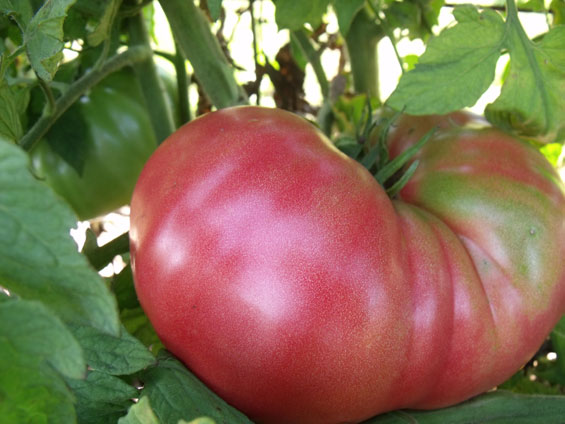


 Other top finishers included last year’s favorite, ‘Lemon Drop,’ a small yellow-green cherry tomato with a sweet—almost tart—flavor, and ‘Black Sea Man,’ a Russian heirloom with brownish-pink fruit and full-bodied or “complete” flavor, as one participant put it. The salsa tasting line featured 14 homemade recipes. Ironically, the blue ribbon went to Anne Sheahan’s Mango Salsa, proving the eclectic pallets of this year’s voters. (We’ll try to get the heirloom tomato version of the recipe for next year!)
Other top finishers included last year’s favorite, ‘Lemon Drop,’ a small yellow-green cherry tomato with a sweet—almost tart—flavor, and ‘Black Sea Man,’ a Russian heirloom with brownish-pink fruit and full-bodied or “complete” flavor, as one participant put it. The salsa tasting line featured 14 homemade recipes. Ironically, the blue ribbon went to Anne Sheahan’s Mango Salsa, proving the eclectic pallets of this year’s voters. (We’ll try to get the heirloom tomato version of the recipe for next year!)


